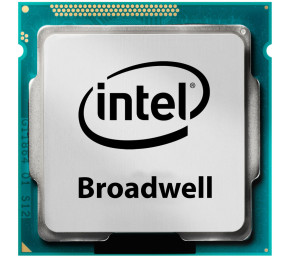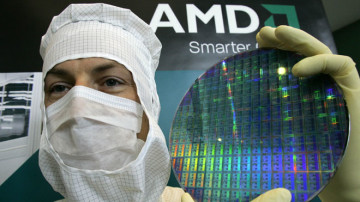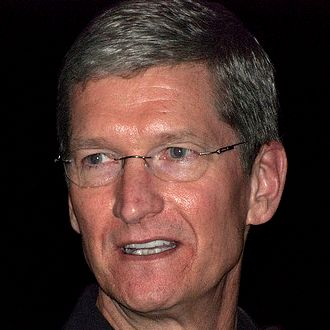 IBM has already invested $1.2 billion in cloud services and has now announced it will open two cloud centres in Sydney and Montreal in the next 30 days.
IBM has already invested $1.2 billion in cloud services and has now announced it will open two cloud centres in Sydney and Montreal in the next 30 days.
In addition, Big Blue said it will build similar cloud centres in Milan, and in Chennai before the end of 2015 while it will announce further centres later on in the year.
The cloud centres are part of the company’s SoftLayer plans – it already has centres in Frankfurt, in Mexico and in Tokyo.
The idea of the cloud centres is to give its customers options to create public, private or hybrid cloud environments. It has to offer different locations because enterprises have to conform to local regulations about where data resides, as well as providing levels of security.
Jim Comfort, general managed of IBM Cloud Services, said: “With each new location, we’re not only adding more computer capacity… we’re enabling enterprises to move to the cloud at the speed and in a way that makes the most sense for them.”
In a related announcement, IBM said it had extended its partnership with CSC to speed moving their businesses to the cloud. IBM thinks that there will be a 10 fold increase in the number of cloud applications in the next four or five years, meaning the number of developers specialising in the field will triple.



















